There are so many mixed messages when it comes to the best and worst ways to work out. Similarly, there's all sorts of misinformation about how the body burns fat and builds muscle. We're cutting through the nonsense and exposing some of the most common exercise myths.
#1. "Not sweating? Then work harder!"
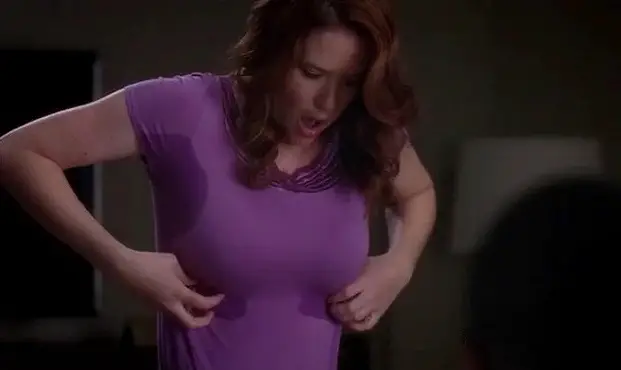
Many people think that sweating is the ultimate sign of a good workout, but it's not always the case. Sweat is your body's way of regulating temperature, and it can vary from person to person. It's important to remember that sweating doesn't necessarily indicate how hard you're working or how many calories you're burning.
A better indicator of how hard you're working is how you feel. If you're challenging yourself and pushing yourself out of your comfort zone, then you're probably working hard enough. And if you're sweating a lot, make sure you're drinking plenty of water to stay hydrated.
Staying hydrated is crucial for overall health and performance during exercise. Besides drinking water, there are additional methods of maintaining proper hydration. For example, mobile IV in Houston or any nearby location offers a way to replenish fluids and essential nutrients directly into your bloodstream, which can be especially beneficial if you're engaged in strenuous physical activity or need rapid rehydration due to factors like heat or illness. It's essential to explore these hydration options to ensure your body gets the support it needs to perform at its best.
#2. "Stretching prevents injuries"
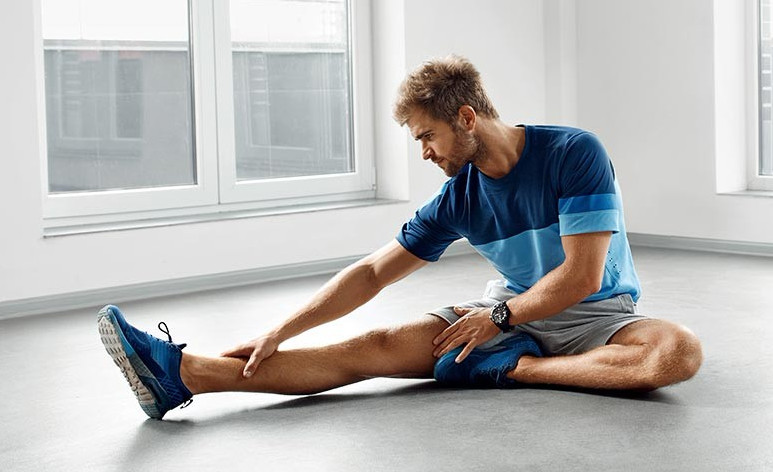
Stretching is often seen as a pre-workout ritual that can prevent injuries. However, research has shown that stretching alone is not effective in reducing the risk of injury. In fact, some studies have suggested that stretching before exercise could even increase the risk of injury.
However, recent expert opinion has moved away from static stretching before activity and toward a gradual and active warm-up period before exercise. Stretching a healthy muscle before exercise does not prevent injury or soreness.
So, what should you do instead? Focus on warming up your muscles and getting your heart rate up. This can include movements like jumping jacks or jogging in place, which will prepare your body for the workout ahead.
#3. "Crunches zap belly fat"
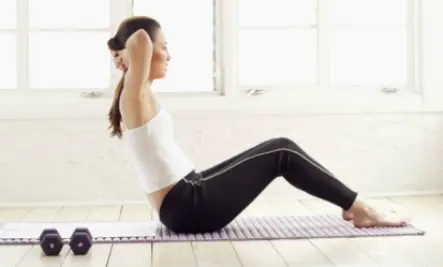
Will crunches give you a flatter tummy, lunges firmer thighs and arm curls toned triceps? Unfortunately no
Doing crunches may help strengthen your core, but they won't specifically target belly fat. There's no such thing as spot reduction when it comes to burning fat, and it's impossible to target fat loss to a specific area of your body. Instead, focus on total body workouts that will help you burn calories and lose weight all over.
#4. "Pain is good"

Many people believe that the old saying "no pain, no gain" is true when it comes to exercise. But if you're feeling pain during or after a workout, that's not a good thing: it could be the sign of an injury or overexertion. It's important to listen to your body and stop if you feel pain. Feeling a little soreness after a workout is normal, but if the pain persists, you should take a break and see a doctor if necessary.
#5. "Working out turns fat into muscle"
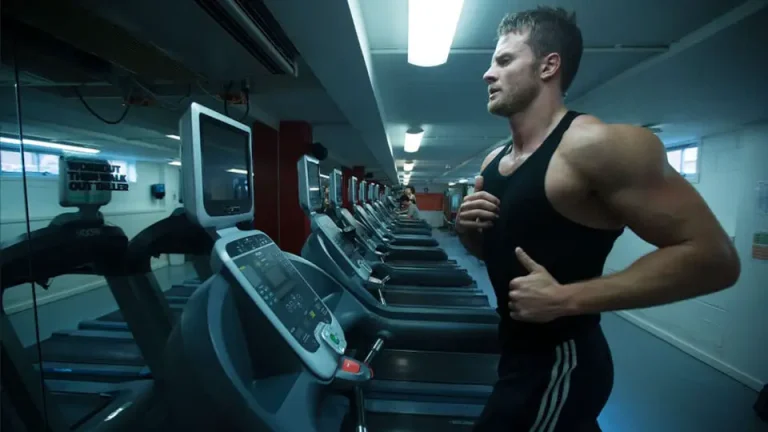
Fats and muscles are completely different things, and it's impossible to turn one into the other. When you lose weight and gain muscle, you're changing the ratio of fat to muscle in your body. It's important to remember that losing weight and gaining muscle are two different processes, and you need to focus on both if you want to see results.
#6. "The more the better"
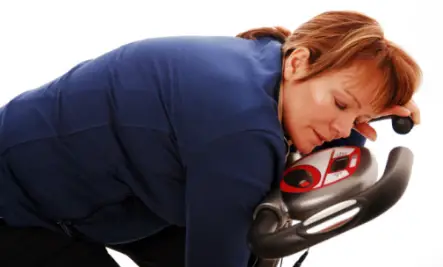
It's a common misconception that you need to spend hours at the gym to get in shape and lose weight. The truth is that short, high-intensity workouts can be just as effective as longer workouts. In fact, too much exercise can be counterproductive and can harm your immune system and performance. It's important to find a balance that works for you and to give your body time to rest and recover between workouts.
#7. "If you didn't exercise when you were younger, it's not safe to start now"

It's never too late to start exercising, no matter your age. In fact, exercise can be especially beneficial for older adults, helping to improve balance, strengthen bones, and improve memory. It's important to start slowly and gradually increase your activity level. If you have any health concerns, be sure to talk to your doctor before starting any new exercise program.
#8. "Cardio burns more calories"
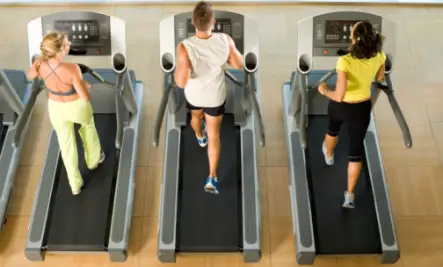
Cardio exercises like running, biking, and kickboxing are often thought of as the best way to burn calories and lose weight. While cardio does burn calories, strength training can be just as effective. In fact, weight lifting can boost your metabolism for up to 24 hours after your workout, helping you burn more calories even when you're not exercising. The best approach is to combine both cardio and strength training for a well-rounded workout routine
 CRIME Shirt $21.68 |
 UFOs Are A Psyop Shirt $21.68 |
 CRIME Shirt $21.68 |

I love the article! Thank-you. I do have a slight issue with Number 3, however.
You are correct in saying that a person cannot spot reduce fat, bodies lose fat all over, but you fail to mention that crunches, lunges, bicep curls, etc, DO tone the muscles in specific regions of the body. When the fat is reduced, firm, toned, shapely muscles show up instead of saggy, droopy ones.
Thanks again!!
Thank you, great info, now I just have to do it regularly!